As the crisp autumn air gradually gives way to winter's chill, fashion enthusiasts face their annual sartorial challenge: how to dress for the unpredictable in-between seasons. The solution lies in mastering the art of transitional layering, where lightweight outerwear meets cozy knits in a perfect marriage of form and function.
The transitional period between autumn and winter demands a particular kind of wardrobe alchemy. Days might begin with frost-covered windows but warm to golden afternoons, only to plunge back into chilly evenings. This meteorological rollercoaster requires outfits that can adapt as quickly as the mercury rises and falls. Enter the dynamic duo of transitional dressing: the lightweight jacket and the versatile knit.
The Lightweight Jacket: Your First Line of Defense
Transitional outerwear walks a delicate tightrope between summer's breezy cover-ups and winter's heavy coats. The ideal autumn-to-winter jacket provides just enough protection without causing overheating. Trench coats in water-resistant fabrics offer timeless sophistication while shielding against sudden showers. For those preferring contemporary silhouettes, overshirts in technical fabrics bridge the gap between casual shirt and proper outerwear, pairing equally well with chunky knits or thinner layers beneath.
Bomber jackets have evolved far beyond their military origins, now appearing in everything from sleek vegan leather to quilted nylon that nods to vintage sleeping bags. These cropped styles work particularly well with high-waisted bottoms and longer knitwear underneath. Meanwhile, soft-shell jackets in muted earth tones deliver athletic-inspired protection without sacrificing style points, their stretchy fabrics accommodating multiple layers beneath.
The real magic happens in the details: look for jackets with adjustable elements like drawstring waists, zip-off collars, or convertible sleeves. These small features dramatically extend a piece's seasonal relevance. A jacket with removable lining, for instance, can transition from crisp October mornings to frigid December nights with simple modifications.
Knitwear: The Heart of Transitional Comfort
While outerwear protects against the elements, knitwear provides the comforting embrace we crave as temperatures drop. The key lies in selecting sweaters with the right weight and texture for shoulder-season wear. Fine-gauge merino wool offers exceptional temperature regulation, wicking moisture when warm and trapping heat when cool. Cashmere blends deliver luxury without excessive bulk, perfect for wearing under streamlined jackets.
For those who favor statement pieces, cable-knit sweaters in organic cotton provide visual interest while maintaining breathability. The raised patterns create tiny air pockets that enhance insulation without adding weight. Fisherman sweaters, with their nautical heritage, bring rustic charm to urban environments when paired with tailored outer layers.
Modern knitwear innovations have introduced surprising technical capabilities to what was once purely a cozy basic. Temperature-regulating yarns infused with minerals react to body heat, while brushed finishes on the interior create a plush barrier against cold winds. Some contemporary knits even incorporate silver ions for natural odor resistance—a boon for those long days when you can't escape indoors to change.
The Art of Layering Between Seasons
Mastering transitional style isn't just about choosing the right pieces—it's about combining them with strategic precision. Start with a base layer in moisture-wicking fabric to maintain comfort as you move between environments. Add your knitwear as the insulating middle layer, choosing thickness based on the day's forecast. Finally, select your outer shell based on precipitation likelihood rather than temperature alone.
The proportions between layers require careful consideration. A boxy cropped jacket works wonders over a longer, leaner sweater, creating visual balance while allowing the knit's texture to peek out. Conversely, an elongated coat demands more fitted knitwear underneath to avoid overwhelming your frame. Play with contrasting textures—pair a sleek nylon windbreaker with a nubby hand-knit sweater for dimensional interest.
Color palettes in transitional periods naturally evolve from autumn's rich ochres and burnt siennas toward winter's cooler taupes and charcoals. However, don't feel constrained by seasonal clichés. Unexpected combinations—like a pale gray cashmere turtleneck under a rust-colored suede jacket—can feel refreshingly modern. The unifying factor should be depth of tone rather than strict color matching.
Practical Elegance for Everyday Life
What elevates this approach from merely functional to truly stylish is attention to how these combinations serve real-life needs. A wool-blend cardigan with hidden snaps transforms into a proper jacket alternative when fully fastened. A parka with interior drop-in pockets can discreetly stash gloves or a hat when indoor temperatures make them unnecessary. These thoughtful details embody practical luxury.
Footwear and accessories complete the transitional equation. Ankle boots with weather-resistant treatments bridge seasons beautifully, while felted wool hats provide warmth without the heft of winter gear. The most stylish transitional dressers understand that scarves serve as much more than neck warmers—draped over shoulders, they become instant insulation when afternoon winds pick up.
The psychological comfort of knowing you're prepared for whatever the day brings shouldn't be underestimated. There's quiet confidence in clothing that adapts as fluidly as your schedule demands. When your outfit can take you from school drop-off to an important meeting to evening drinks without requiring a complete change, you've mastered transitional dressing at its most empowering.
Sustainable Considerations for Conscious Dressers
As we become more mindful of fashion's environmental impact, transitional wardrobes offer natural advantages. Pieces worn across multiple seasons inherently reduce consumption compared to single-season items. Investing in quality knits from responsible wool producers and outerwear from brands using recycled materials aligns style with sustainability.
Care practices significantly extend the lifespan of these crucial pieces. Proper storage—folding knits rather than hanging to maintain shape, using cedar blocks instead of mothballs—preserves materials season after season. Many outerwear manufacturers now offer refurbishment programs, replacing zippers or re-waterproofing coatings to keep jackets in rotation for years.
The most sustainable choice is often the most stylish: buying fewer, better pieces that work hard across your calendar. A single exceptional merino sweater in a versatile neutral can outlast a dozen fast-fashion knits while looking increasingly refined with each wear. Transitional dressing, at its core, celebrates this philosophy of intentional consumption.
As we navigate the shifting seasons, our clothing becomes both armor and expression. The interplay between protective outer layers and comforting knits creates endless possibilities for personal style. More than just a practical solution, this approach represents fashion at its most thoughtful—where every piece serves a purpose, and beauty emerges from intelligent design.

By /Aug 15, 2025

By /Aug 15, 2025
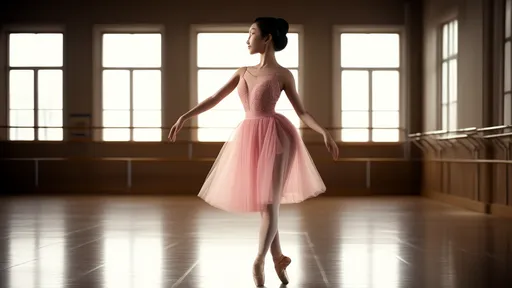
By /Aug 15, 2025

By /Aug 15, 2025

By /Aug 15, 2025

By /Aug 15, 2025
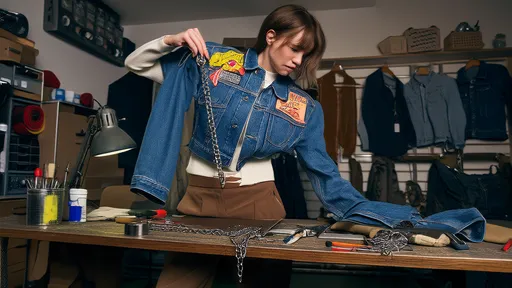
By /Aug 15, 2025

By /Aug 15, 2025

By /Aug 15, 2025
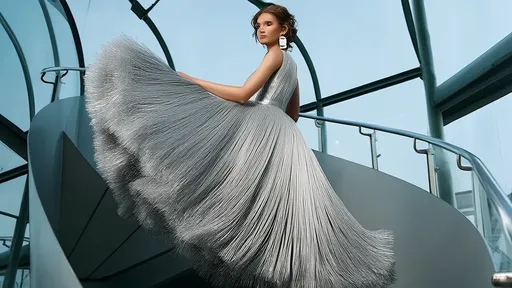
By /Aug 15, 2025
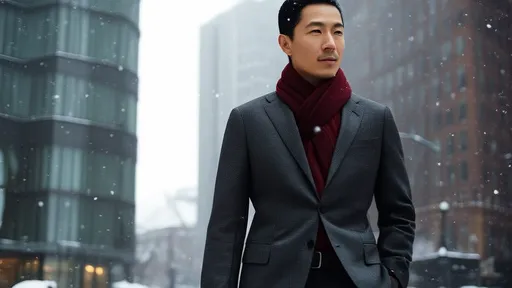
By /Aug 15, 2025

By /Aug 15, 2025
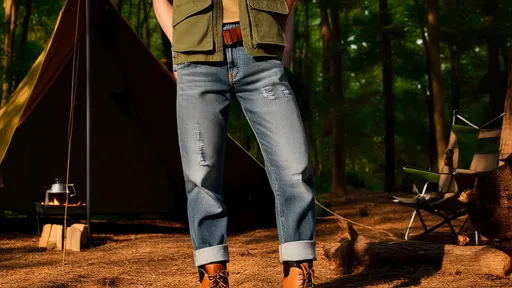
By /Aug 15, 2025

By /Aug 15, 2025

By /Aug 15, 2025

By /Aug 15, 2025
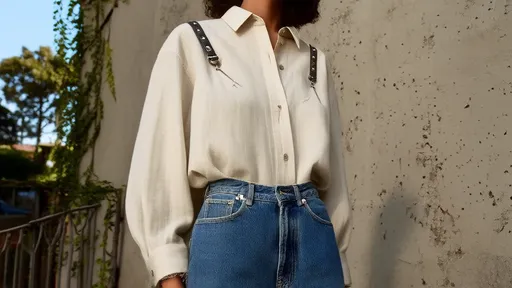
By /Aug 15, 2025
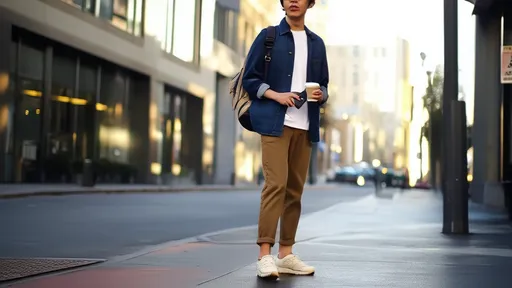
By /Aug 15, 2025

By /Aug 15, 2025
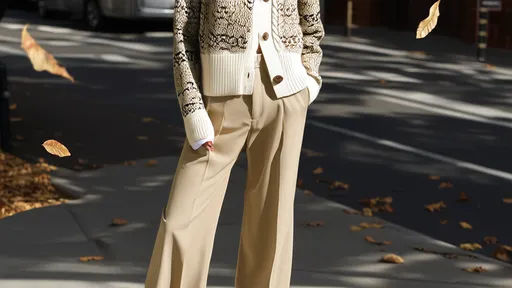
By /Aug 15, 2025